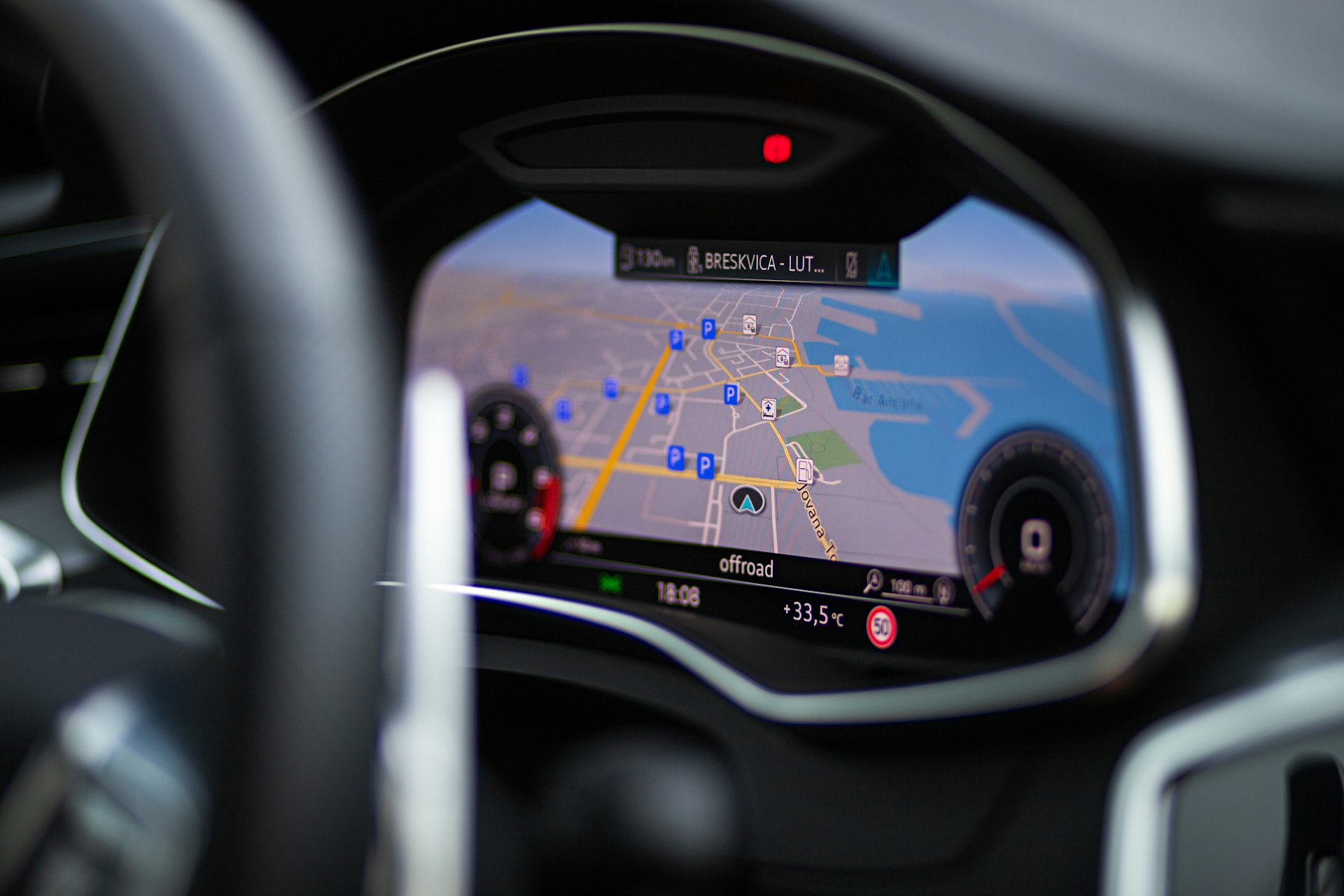The Evolution of Over-the-Air Software Updates in Cars: Transforming Automotive Performance and Ownership

Photo by Sebastian Huxley on Unsplash
Introduction: A New Era in Vehicle Innovation
The automotive industry has undergone a profound transformation in recent years, driven by the integration of advanced software and connectivity technologies. Over-the-Air (OTA) software updates have emerged as a pivotal innovation, enabling car owners and manufacturers to remotely enhance vehicle performance, address safety issues, and add new features-all without visiting a dealership. This article explores the evolution of OTA updates, their technical foundations, practical applications, and how you can benefit from this groundbreaking development.
What Are Over-the-Air Software Updates?
OTA software updates refer to the wireless transmission of new or improved software directly to a vehicle’s onboard systems. Unlike traditional updates, which required a physical connection and dealership visit, OTA updates leverage cellular (4G/5G) and Wi-Fi networks to deliver enhancements seamlessly [1] . These updates can impact a variety of vehicle subsystems, including infotainment, powertrain, safety, and advanced driver assistance systems [5] .
The Evolution of OTA Updates: From Dealerships to Connectivity
Historically, vehicle software updates were administered exclusively at dealerships using specialized hardware and direct physical connections. This process was often time-consuming, inconvenient, and limited in scope [2] . As vehicles became more connected, manufacturers began to experiment with remote update capabilities, initially using local Wi-Fi and later cellular networks for greater reach.
The paradigm shifted dramatically with the rise of electric vehicles (EVs) and the move toward software-defined cars. Pioneers like Tesla introduced comprehensive OTA update suites, setting a new industry standard for continuous, real-time vehicle improvement [4] . Today, brands such as Ford, BMW, General Motors, and Kia offer OTA capabilities, reflecting the mainstream adoption of this technology.

Photo by Pedro Spina on Unsplash
How OTA Software Updates Work in Modern Cars
The backbone of OTA updates is reliable connectivity . Most new vehicles are equipped with advanced communication modules that utilize 4G, 5G, and Wi-Fi. These modules link the car to cloud servers maintained by the automaker, enabling secure data transfer and remote management [3] .
The update process typically involves:
- Update Preparation : Automakers create update packages, including new features, bug fixes, or safety enhancements, using Product Lifecycle Management (PLM) systems.
- Secure Transfer : Packages are stored on cloud servers and transmitted to vehicles either automatically or upon owner approval.
- Download & Installation : The vehicle downloads the update, validates its integrity, and installs it when the car is parked. Some models, like Kia, prompt the owner via their infotainment system and mobile app, detailing installation steps and estimated time [5] .
- System Reboot : After installation, the vehicle reboots, activating new features and improvements [1] .
Key Benefits of OTA Updates
The adoption of OTA updates brings several significant advantages to car owners and manufacturers:
- Convenience : Updates occur remotely, eliminating the need for dealership visits and minimizing downtime [4] .
- Continuous Improvement : Vehicles can receive new features and performance enhancements throughout their lifespan.
- Rapid Security Fixes : Manufacturers can quickly address vulnerabilities and deploy safety patches, reducing risk for owners.
- Efficiency : Updates to battery, powertrain, and driver assistance systems can improve fuel economy, handling, and overall reliability [5] .
- Reduced Recalls : Many software-related recalls now require only an OTA update, increasing customer satisfaction and reducing costs.
Real-World Examples and Case Studies
Tesla is widely recognized for pioneering OTA updates, regularly deploying new driver assistance features, range improvements, and even performance upgrades to existing vehicles [4] . Kia enables owners to upgrade electric motor controls and battery management remotely, with step-by-step prompts and notifications [5] . Polestar provides enhancements to infotainment, safety, and driving dynamics with each update cycle [1] .
Step-by-Step Guidance: How to Access OTA Updates
To benefit from OTA updates, follow these steps:
- Verify Your Vehicle’s Compatibility : Not all models support OTA updates. Check your vehicle’s owner manual or manufacturer website for details.
- Activate Connectivity : Ensure your car’s cellular or Wi-Fi modules are active and properly configured. This may require a subscription or account setup.
- Register with the Manufacturer : Create an account using your automaker’s official app or website. For Kia, use the Kia Access app to receive notifications and manage updates [5] .
- Monitor for Update Alerts : Automakers typically notify owners via mobile apps, email, or infotainment prompts when a new update is available.
- Follow Installation Instructions : Carefully review the on-screen guidance. Most updates require the vehicle to be parked, in ‘P’ (Park), with lights off and parking brake engaged. Installation times vary based on update size.
- Alternative Pathways : If your car is not OTA-enabled, you can still receive software updates by scheduling service appointments at authorized dealerships. Inquire about the latest software packages during your visit.
Challenges and Solutions in OTA Implementation
Despite its advantages, OTA technology faces several challenges:
- Security Risks : Wireless updates can be vulnerable to cyber threats. Automakers employ encryption and multi-factor authentication to mitigate risks [3] .
- Connectivity Issues : Poor cellular or Wi-Fi coverage can delay updates. Owners are advised to park in areas with stable internet access during scheduled updates.
- Compatibility Limits : Older vehicles may lack the hardware necessary for OTA functionality. Consider upgrading to newer models for full access.
- Installation Interruptions : Updates must be installed when the car is not in use, and interruptions can cause delays or require reinstallation.
Alternative Approaches for Vehicle Software Updates
If OTA updates are unavailable for your vehicle, you can:
- Visit authorized dealerships for manual software updates.
- Check the manufacturer’s official website or owner portal for downloadable update packages and instructions.
- Contact customer support through official phone numbers or email addresses listed on the manufacturer website.
- Search for “vehicle software update” along with your make and model for official guidance.
Industry Trends and Future Outlook
The automotive sector is steadily moving toward fully software-defined vehicles. OTA updates will play a central role in enabling autonomous driving, personalized user experiences, and real-time optimization of safety and performance. As regulations evolve, expect stricter standards for cybersecurity and data privacy.
Summary: Key Takeaways
Over-the-Air software updates have fundamentally changed how vehicles are maintained, improved, and secured. By leveraging wireless connectivity, automakers and owners benefit from continuous enhancements, safety fixes, and new features-delivered quickly and efficiently. Whether you’re driving a cutting-edge EV or considering a tech-savvy upgrade, understanding the evolution and practical aspects of OTA updates is essential for modern car ownership.
References
- [1] Polestar (2023). What are Over-the-Air software updates?
- [2] Sonatus (2023). What is OTA? A Comprehensive Guide to Vehicle Over-the-Air Updates.
- [3] Excelfore (2023). Impact of OTA Software Updates on Automotive.
- [4] Vocal Media (2025). The Rise of Over-the-Air (OTA) Updates in Modern Vehicles.
- [5] Kia Owners (2025). Enhancing Your Kia with Over-the-Air Software Updates.
MORE FROM promospotlight.com













